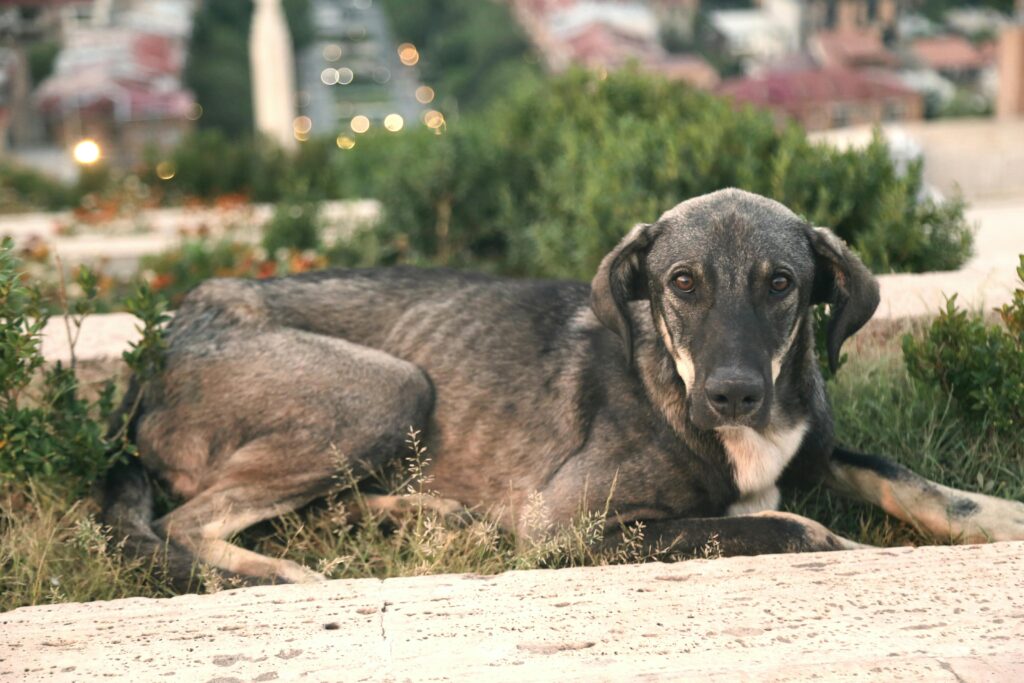Every year, millions of dogs suffer in silence—neglected, abused, or exploited right under our noses. These acts of cruelty rarely happen in some far-off place; more often, they unfold in our own neighborhoods, on our own streets, sometimes even next door. The hard truth is this: when we turn away, cruelty finds room to grow. This post takes a closer look at why our inattention matters, and how each of us can help stop the cycle.
The Impact of Our Attention
Dogs are social creatures who rely on us for more than just food and shelter—they need interaction, protection, and simple kindness. Our involvement, or lack of it, can change everything for them.
Visibility as Prevention
A neglected dog chained in a backyard, hidden behind fences or in garages, can easily go unnoticed. But when we walk our neighborhoods, pay attention, and connect with our community, we make it harder for cruelty to stay hidden.
The Importance of Connection
A gentle word, a daily walk, a playful toss of a ball—these small acts validate a dog’s existence. When we ignore them, we strip away their sense of safety and belonging.
Why do people look the other way?
The Bystander Effect
When we see (or suspect) something wrong, we often assume someone else will step in. This collective hesitation lets abuse fester.
Compassion Fatigue
Constant exposure to stories of suffering can numb us. To protect ourselves, we “tune out”—but in doing so, we leave vulnerable animals without support.
Denial and Excuses
It’s easier to believe “someone else will help” or to rationalize what we see, rather than confront uncomfortable truths or get involved.
The Bigger Picture: Systems and Culture
It’s not just about individuals. Larger forces can make it easier for cruelty to persist.
Weak Laws and Loopholes
In some places, animal welfare laws are poorly enforced, full of exceptions, or simply too weak. Puppy mills, backyard breeders, and dogfighting rings exploit these gaps.
Cultural Attitudes
When dogs are seen as property or just “livestock,” neglect or abuse is often shrugged off as normal.
Resource Gaps
Shelters and rescue groups are overwhelmed. Sometimes, people don’t report abuse because they believe it won’t make a difference.
What Cruelty Looks Like—And Why It’s Missed
- The Forgotten Backyard: A litter of puppies hidden behind overgrown brush, unseen until it’s almost too late.
- Puppy Mills: Dogs crammed in tiny cages, their suffering hidden from view until someone speaks up.
- Urban Neglect: Stray dogs beaten, tied up, or ignored; neighbors hear barking but are afraid to get involved.
How You Can Make a Difference
It doesn’t take much to start making things better.
Learn the Signs
Watch for malnourished dogs, matted fur, visible wounds, excessive barking, or poor living conditions.
Speak Up—Safely
If you suspect neglect or abuse:
- Contact local animal control.
- Report anonymously if you’re worried about retaliation.
- Document details—photos, dates, or times can help.
Support Rescues
- Volunteer, foster, or help with transport.
- Donate supplies, funds, or even artwork for fundraising.
- Use your voice online—share posts, tag shelters, and use hashtags like #ReflectRecognizeRescue.
Raise Community Awareness
- Organize neighborhood info nights or hand out flyers.
- Encourage schools to teach empathy and responsibility.
- Talk about local laws and how to report concerns.
Change Begins With Us
When we choose to see, to listen, and to act, we disrupt the silence that cruelty depends on. Every call, every conversation, every shared resource chips away at the darkness.
What we ignore, they endure in silence.
Your attention could be the turning point between a life of pain and a new beginning.
Our Shared Responsibility
Canine cruelty hides in the shadows we create when we look away. Let’s stay aware, educate ourselves, and act with compassion—so that no dog is left unseen, unheard, or unloved.
Reflect. Recognize. Rescue.
Take a look around your community today. If you see a dog in need, be the one who chooses to care.
